Water towers are often the primary water storage facility for a community, providing safe drinking water, reliable pressure and fire protection.
To keep the water flowing it’s necessary to make sure they function properly. To ensure everything is in proper order, here are four main areas to focus on as part of an annual inspection.
Vents
Tank venting is critical so air can exit and enter the tank at the same time water enters and exits the tank. This prevents a vacuum, which can cause detrimental structural damage. Tank venting should follow design guidelines set by AWWA D100, incorporating proper screening to prevent debris, insects, birds and other contaminants from entering the tank. The photos below show examples of screening defects. The shroud, or cap, must cover the screen when viewing from the side, so wind driven rain does not enter the tank. The screen must be fully intact and its mesh properly sized to comply with current established guidelines. Corrosion resistant material such as fiberglass should be used for screening. Screening, if attached correctly, should be flush above and below the openings in the vent frame. Also the interior screen should include a designed frost-free pallet that moves freely with the flow of air. Floating access tubes will also include a screened venting system; this too must be inspected annually, and maintained as necessary.
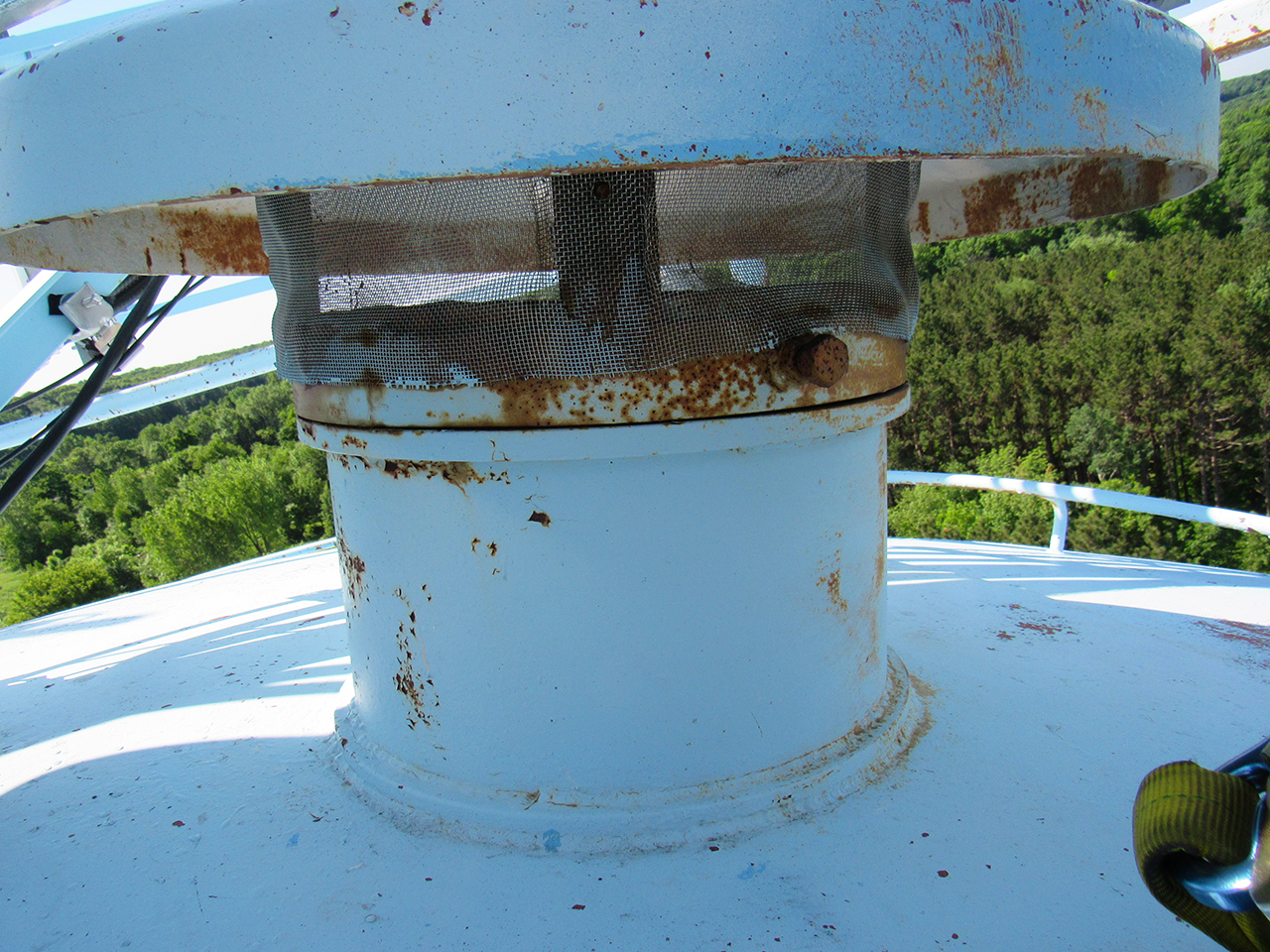
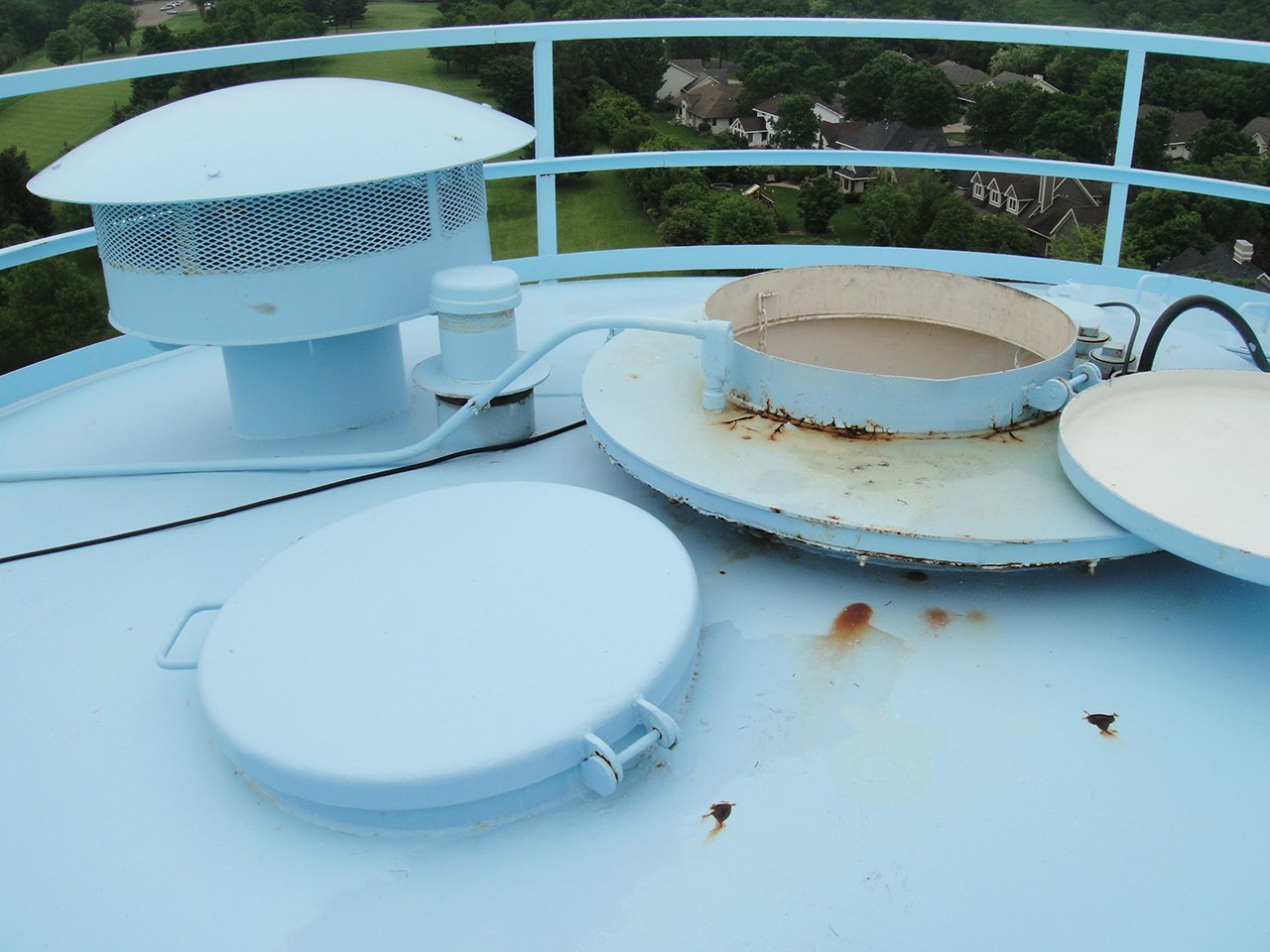
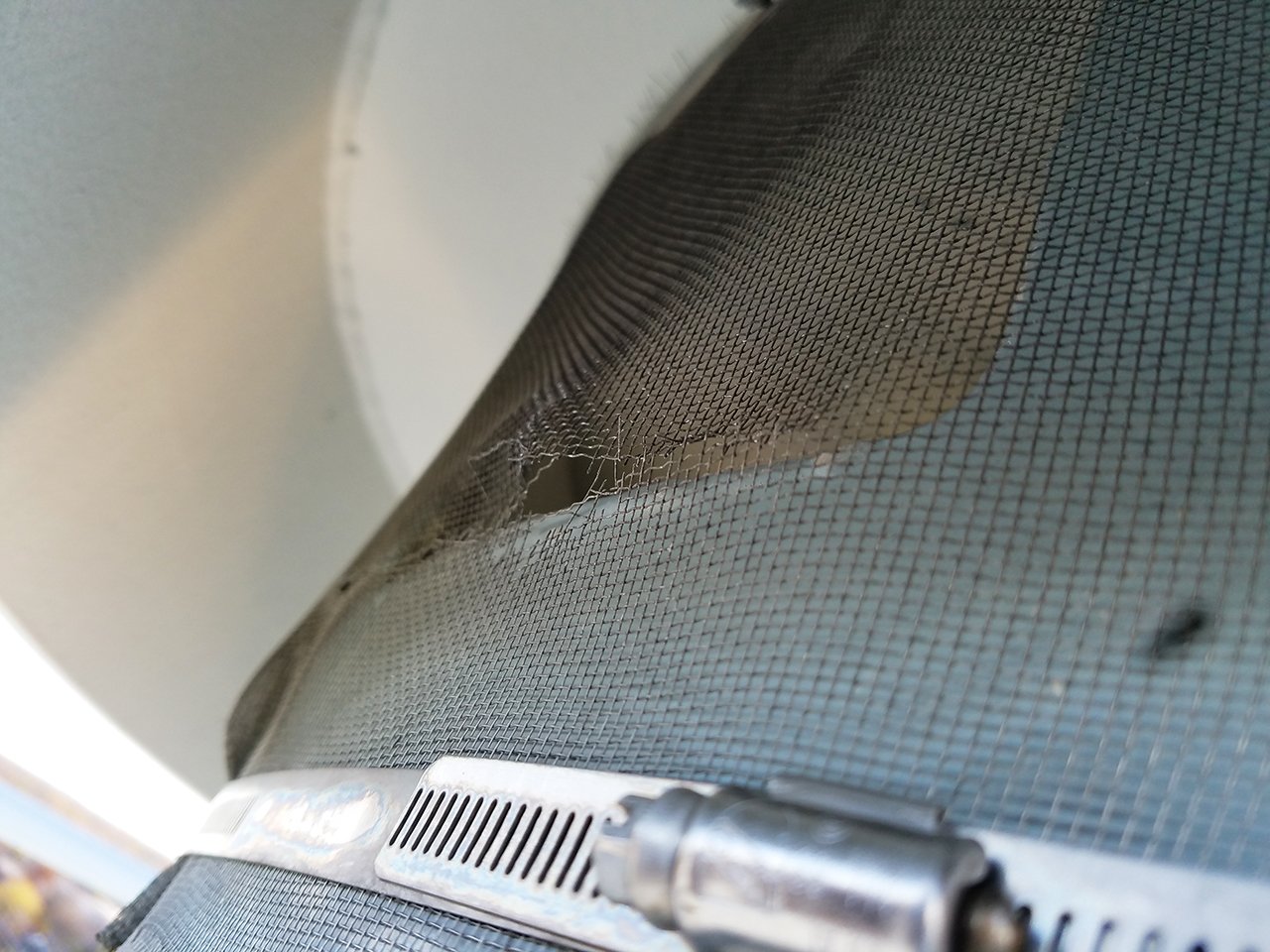
Overflow pipe
The tank overflow pipe also needs to be properly screened to prevent unwanted contaminants from entering the tank, and unwanted intrusion. That means maintaining adequate relief of the overflow pipe with termination at 12 to 24-inches, an air break above the ground, in part so flooding of the area would not result in siphoning of contaminated water into the tank. The overflow pipe itself should be cut off high enough above the ground to allow for installation of an elbow to direct flow to an inlet, or splash pad to prevent erosion. If the overflow exits the tank at too low of a level, it may need to be redesigned and cut off inside of the tank, with a new penetration installed through the tank wall at a proper height, aligning with the termination height described above.
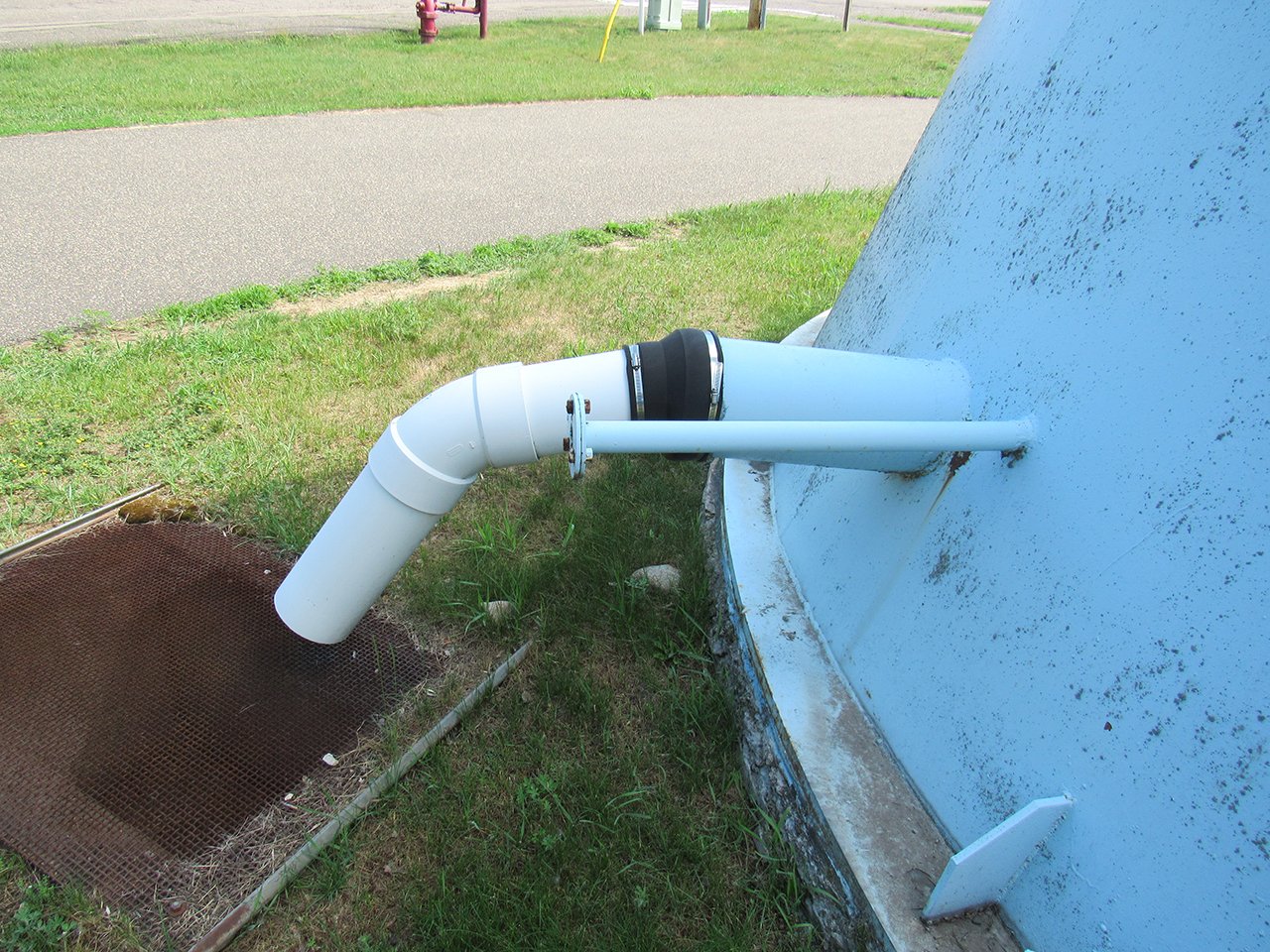
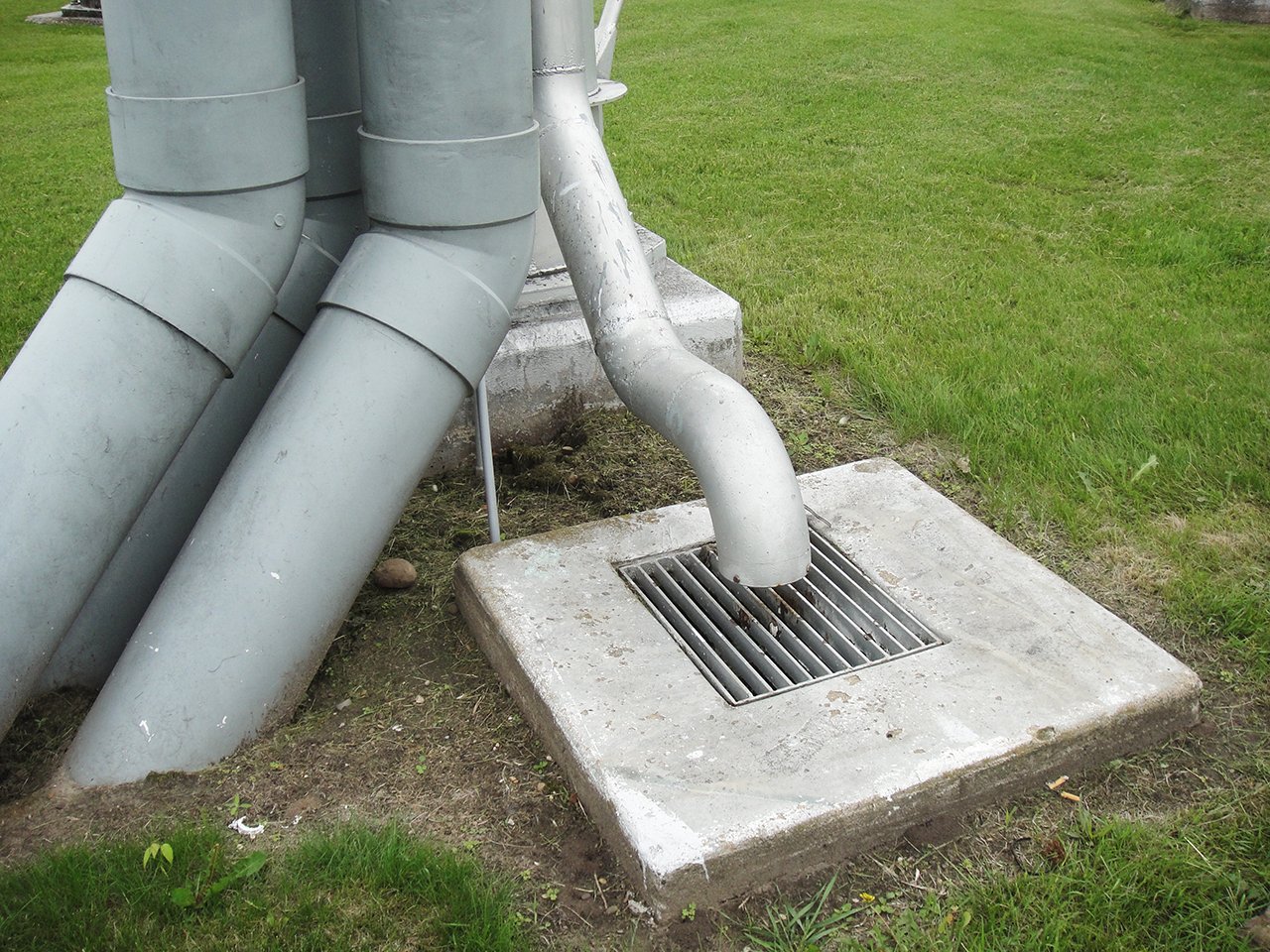
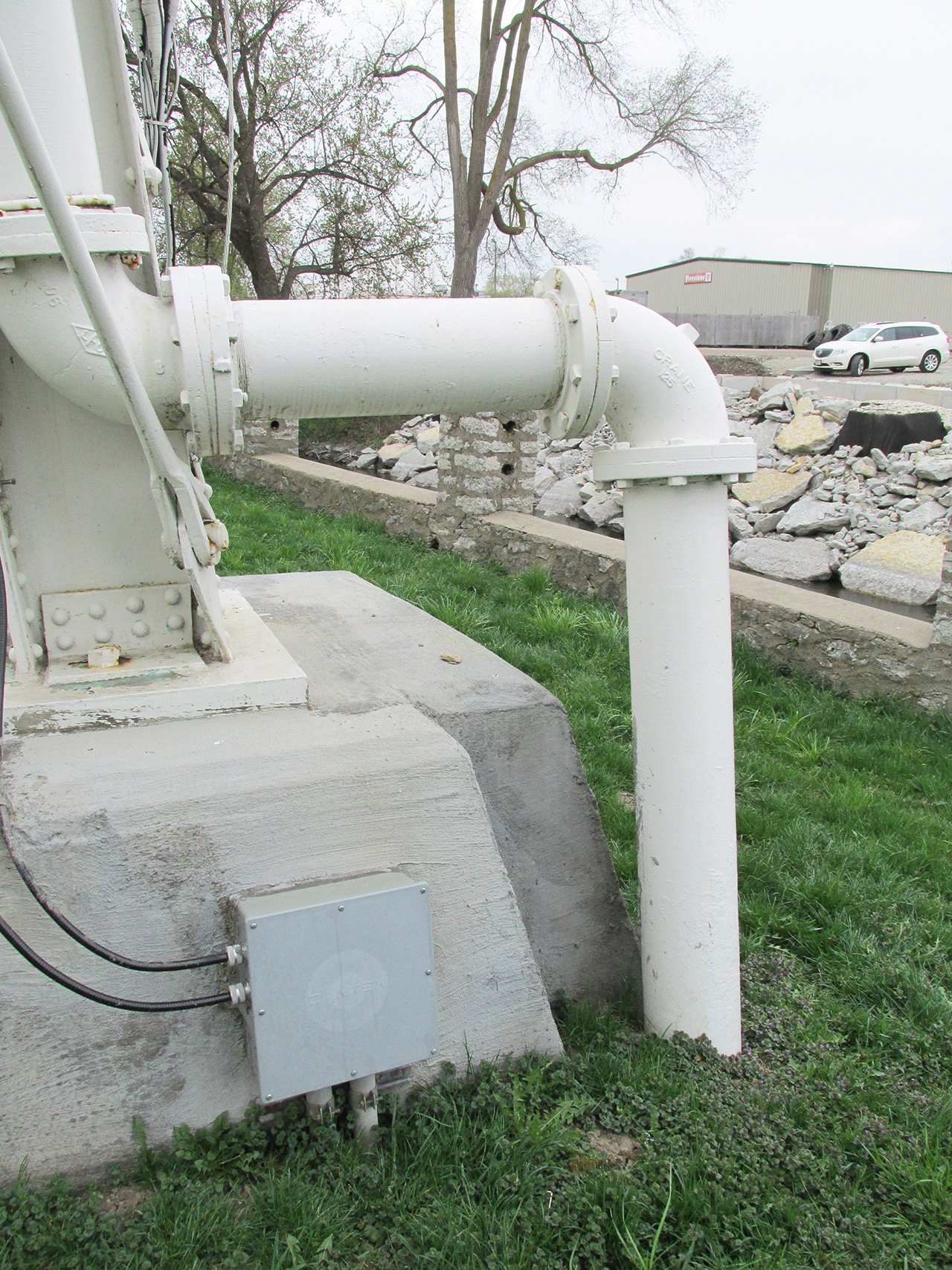
Telecommunications
What is the condition of telecommunications equipment installations on your tank? Is the safety of your drinking water compromised by one of these installations? Is there equipment present on the tank that should be removed? Your structure’s primary purpose is to store safe water for customers, and it is important that any ancillary installations maintain the integrity of the tank for its primary purpose. In serving its dual purpose, these installations may compromise tank access leaving an unsafe condition for the operator.
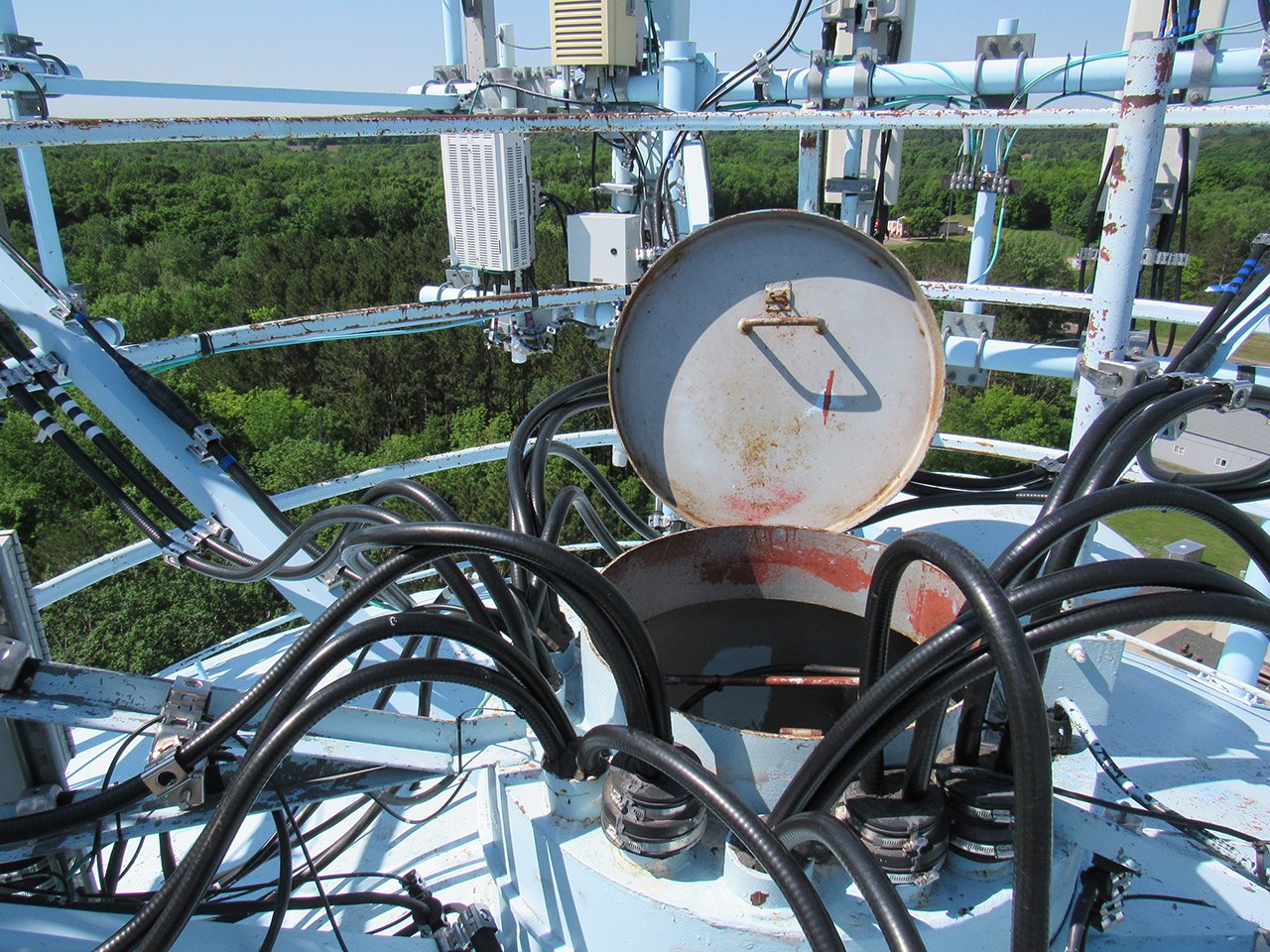
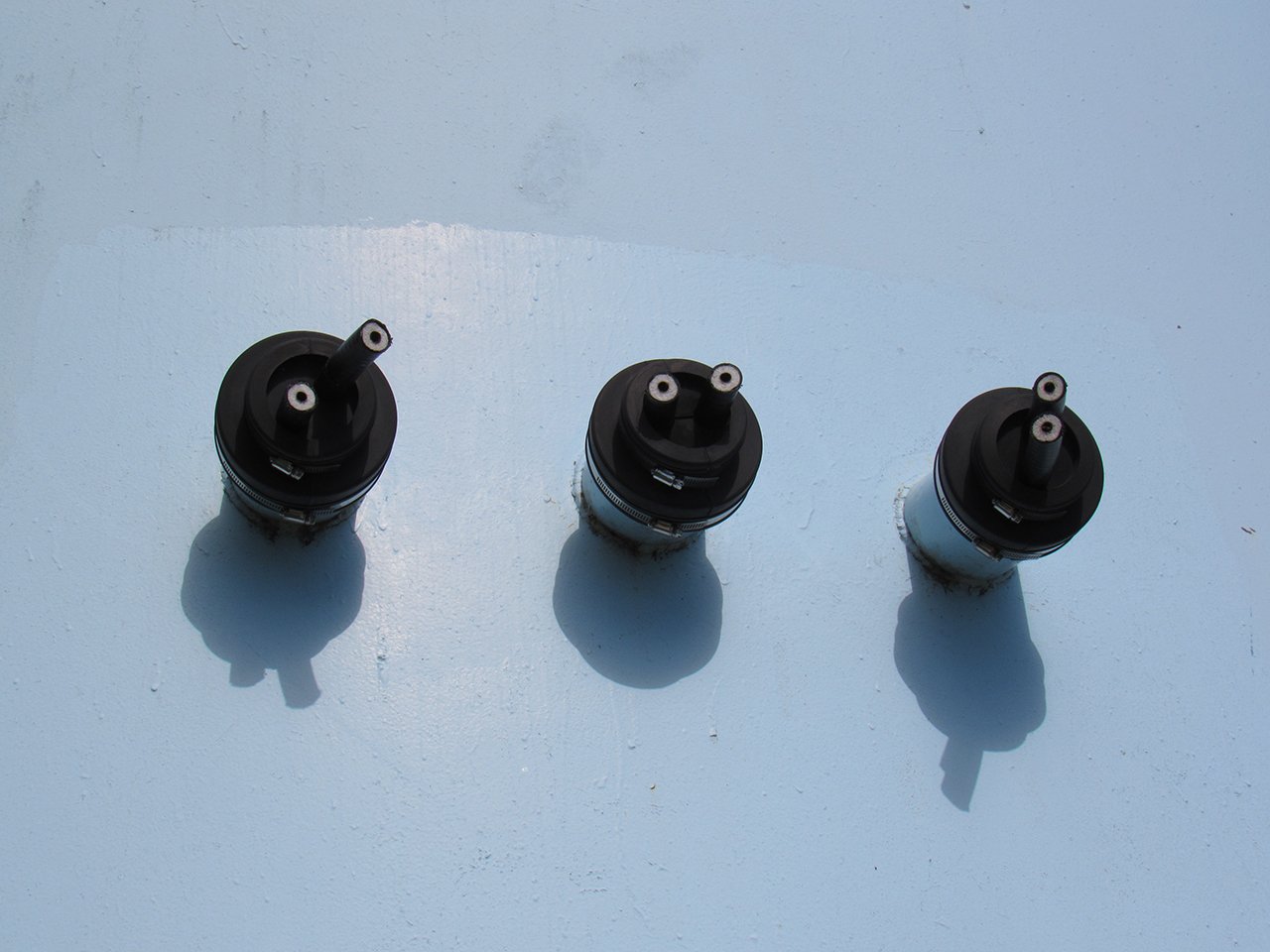
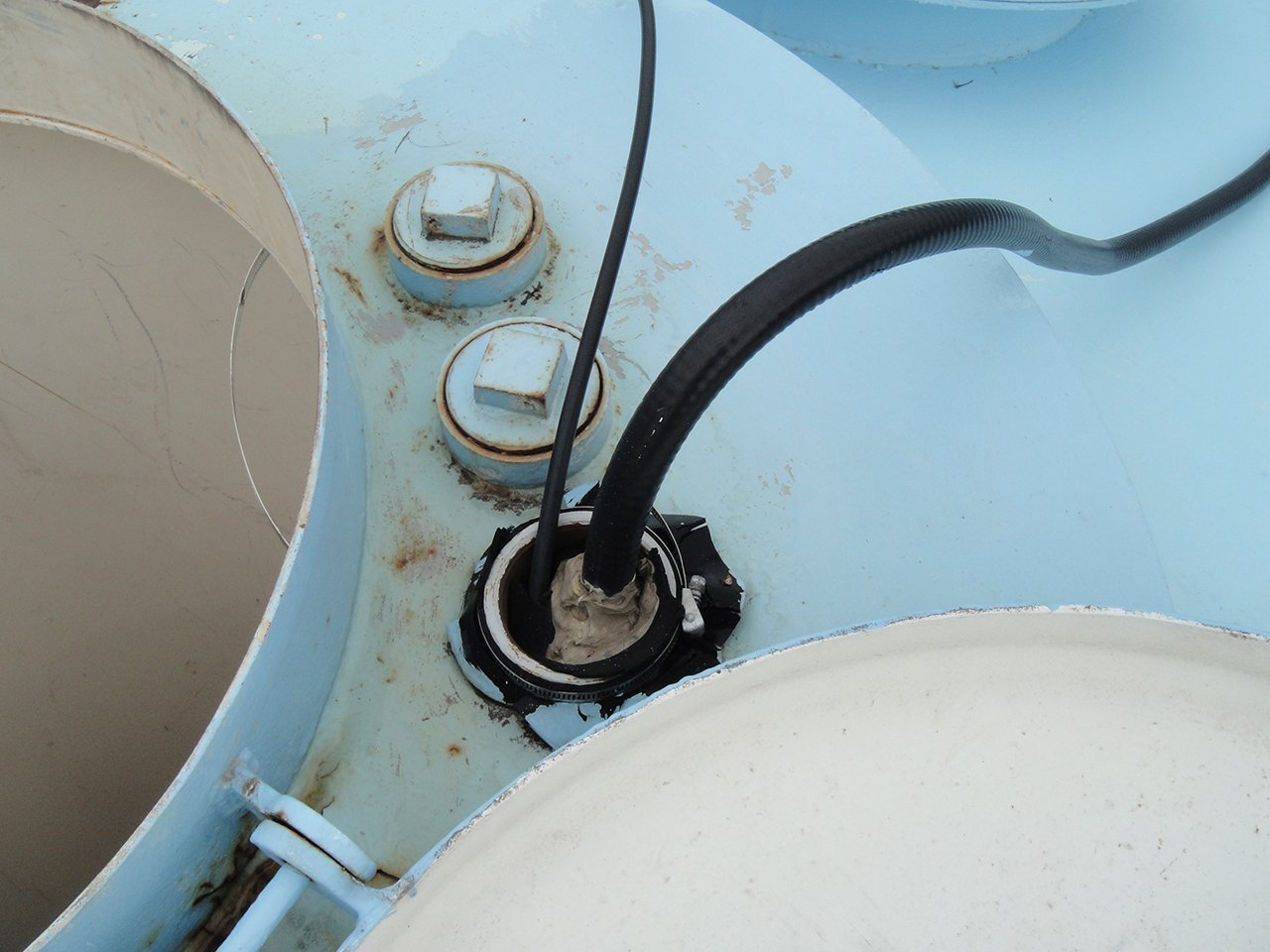
Access locations
It is important to know that since 2001 water storage facilities have been designated as federally protected sites. Consider restricting water tower access through multiple layers of protection. Protective methods can or should include locked fences, locked access doors with swipe cards or coded entry, locked hatches, intrusion switches or closed-circuit television monitoring. If a private company requests access to your tank, make sure you have verification of the individuals’ identity and purpose on your tank, and consider accompanying them. Due to the design of the tank and its location, a fabricated modification may be warranted to impede undesired intruder access. The installation of a locked aluminum cover over the access ladder and the addition of metal bars to the ladder cage is a good example.
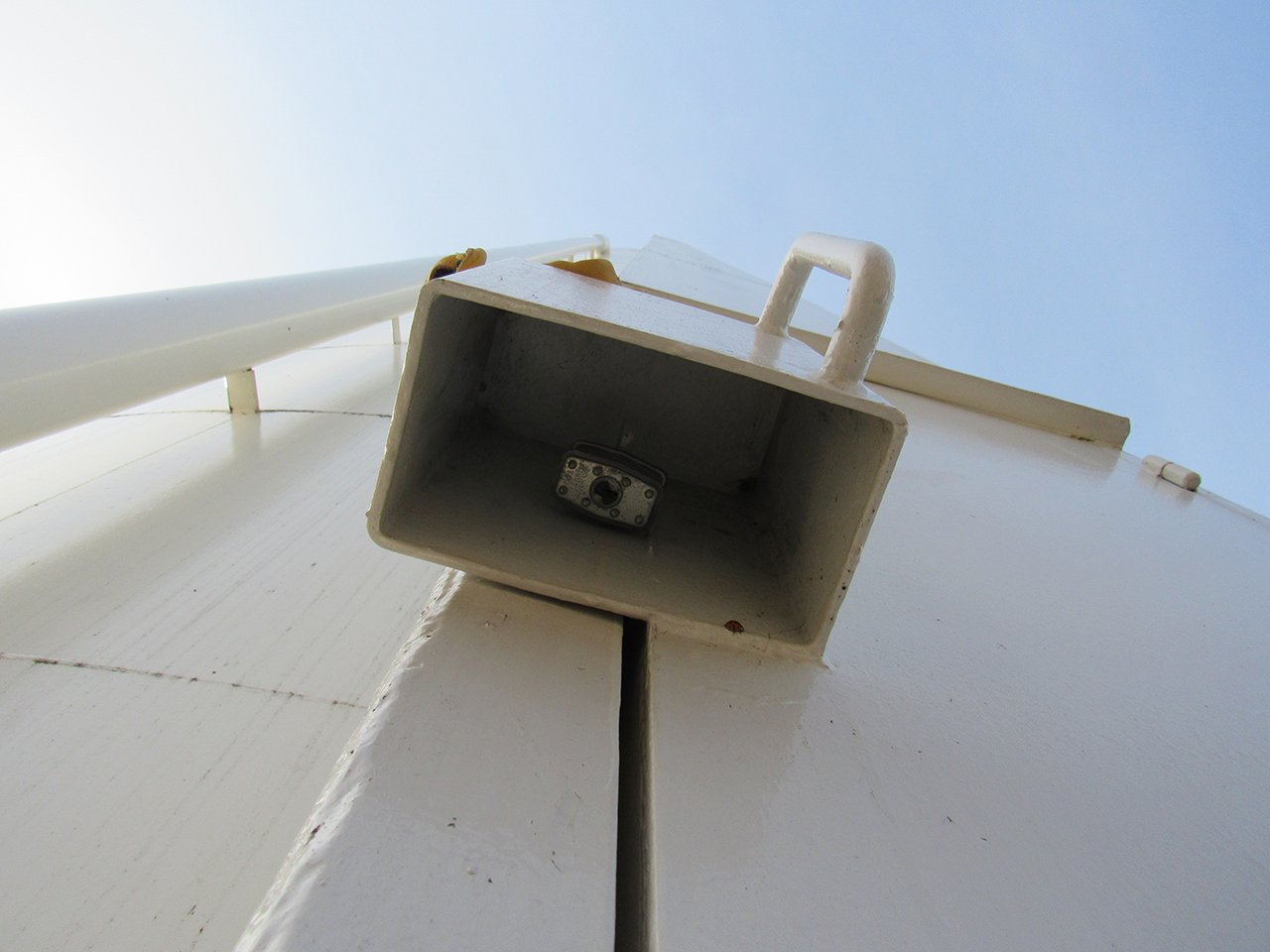
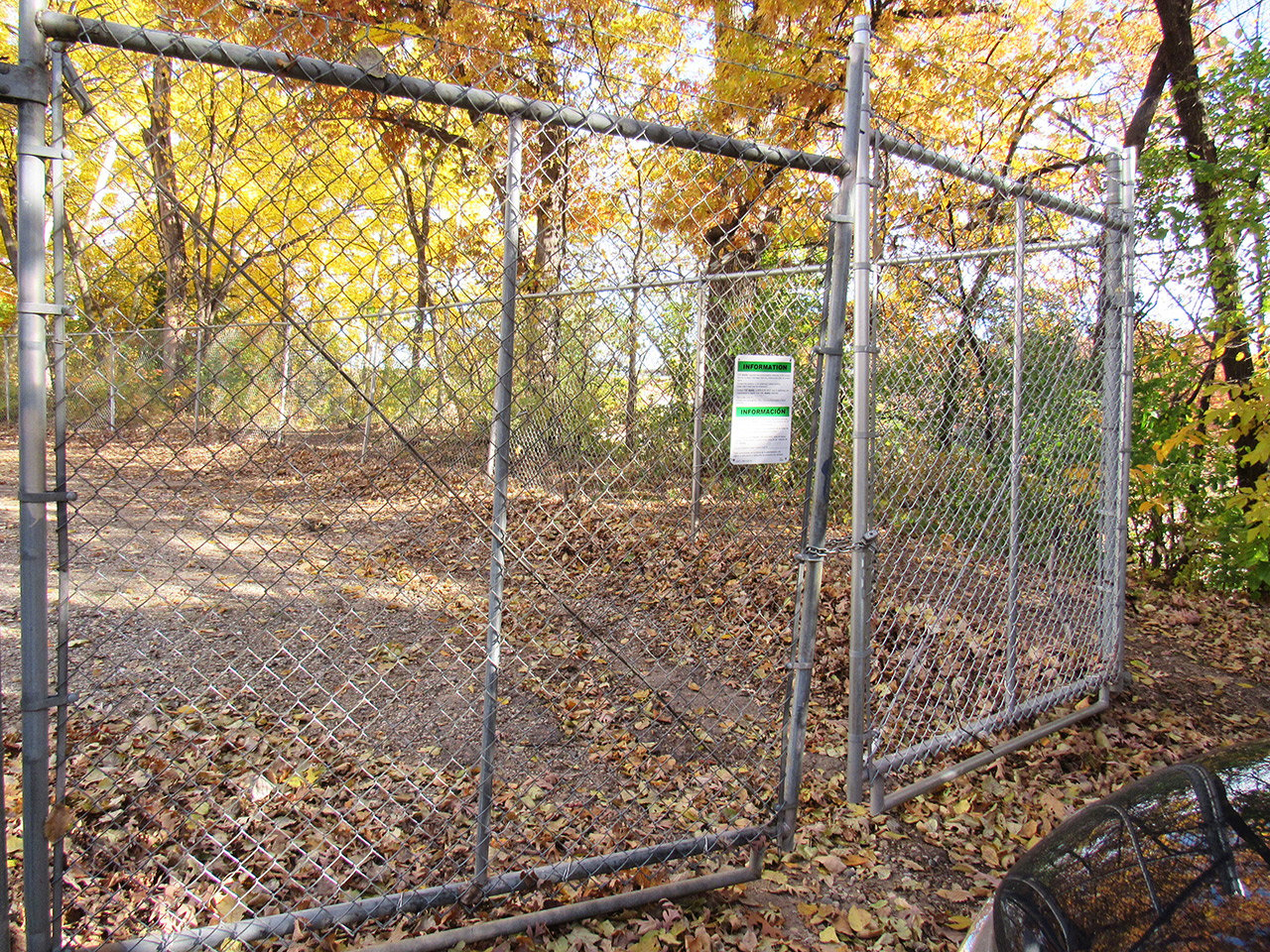
To sum up
Safe water is the number one purpose for your water tank. Proper tank inspection can verify the condition of vents, overflows, access points and ancillary equipment. Tanks should be inspected every year at a minimum to ensure proper performance and longevity.
SEH's safety program requires that any employee climbing a tank be specifically trained for this task.
About the author

Jana Nyhagen, PE*, is an SEH Associate, senior water engineer and water tower tank inspector with more than 20 years of specialized experience. She is committed to providing municipalities with the insight they need to make informed and proactive decisions regarding their community’s most important resource – water. Connect with Jana on LinkedIn for a glimpse of her water tower climbing and inspection adventures.
*Registered Professional Engineer in MN, ND, IA, IN, SD, WI

.png?width=113&name=SEH_Logo_RGB%20(1).png)

